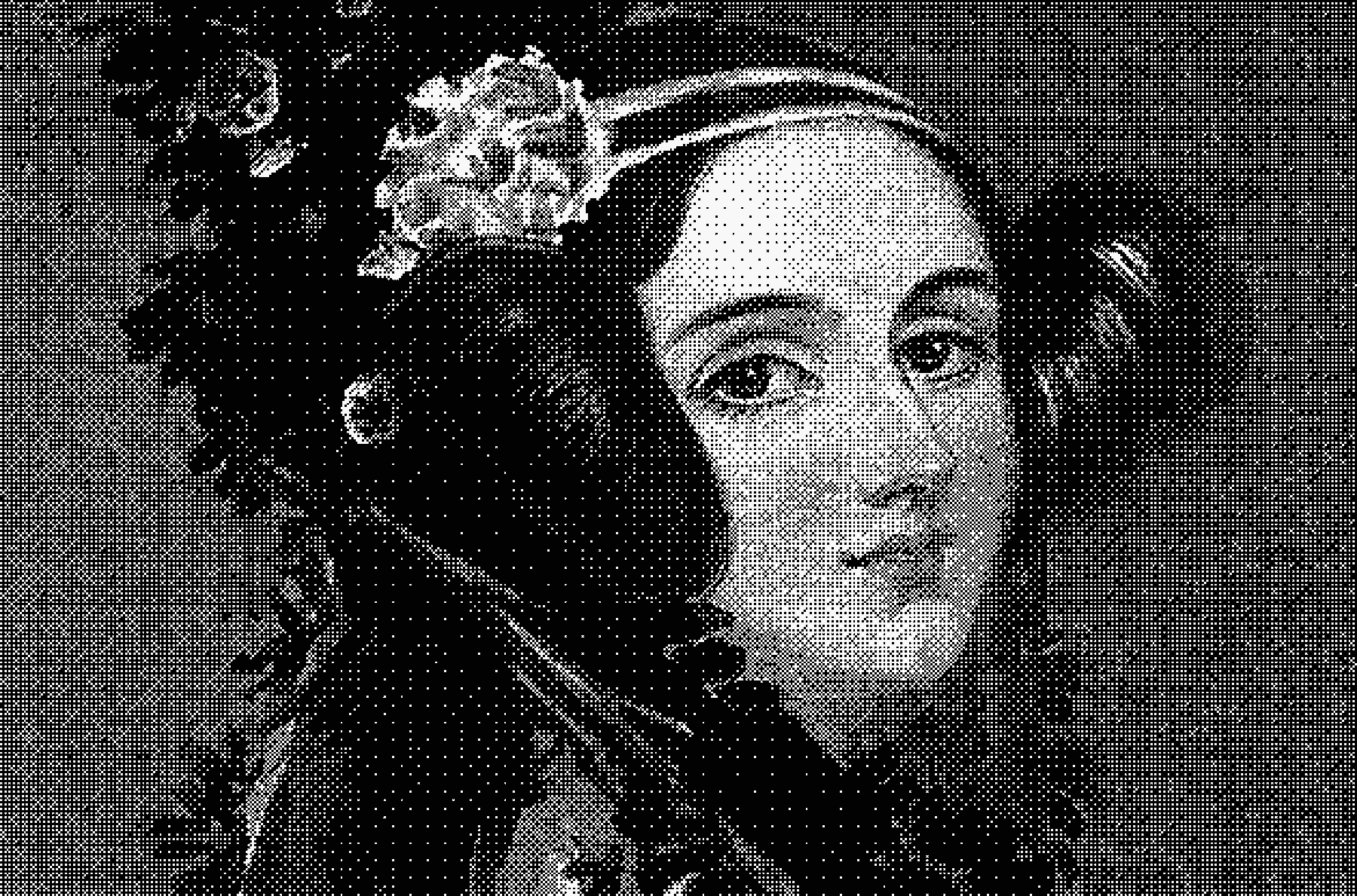Essay 3
THE DIGITAL THREAD:
FROM SILK TO SILICON
Alan Willey
Where there is interaction we have creation. We have the ability to create art and consume and it is from this we create tools to fulfil this desire. What is the motivation? Profit? Growth? Or a genuine desire to make life better for our fellow humans? The apocryphal actions of Ned Ludd were ostensibly born of fear that the time spent learning the skills of their craft would go to waste because of technology.
Did Joseph Jacquard destroy or create a new industry? A new art form? His Jacquard loom design was patented in 1805. It must be said that he was standing on the shoulders of those before him who had already developed the concept of using punch cards to store pattern information. His creation did not go well with the Lyon silk weavers. In protest, these master weavers who had spent many years honing their craft feared for their livelihood slipping away. The word ‘sabotage’ comes from the shoe worn by the weavers called a sabot; after they threw them into the looms rendering them useless.
When Ada Lovelace observed, ‘We many say most aptly that the Analytical Engine (Charles Babbage) weaves algebraic along patterns just as the Jacquard-loom weaves flowers and leaves’, she laid the foundations for some of the more celebrated codebreaking and papers on artificial intelligence, a century before Alan Turing was born.
